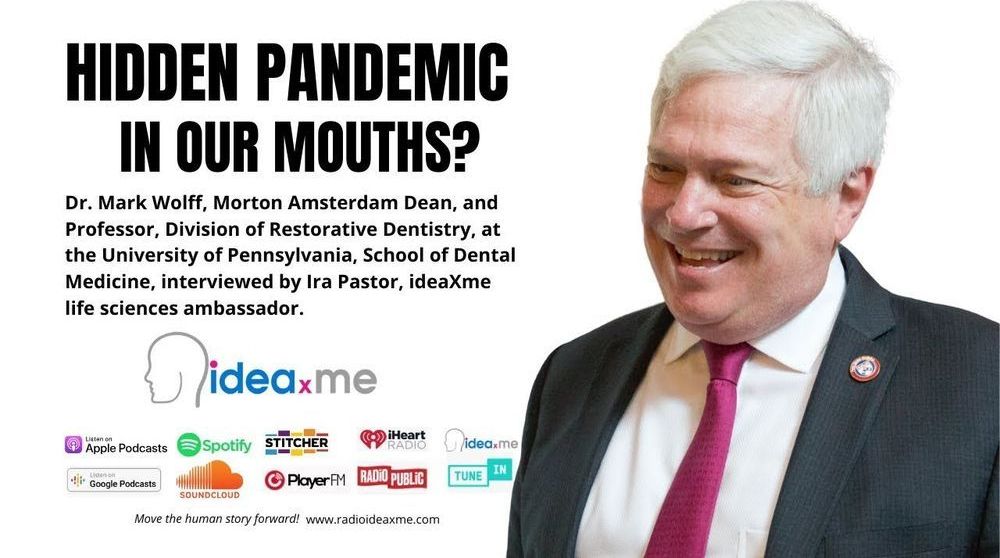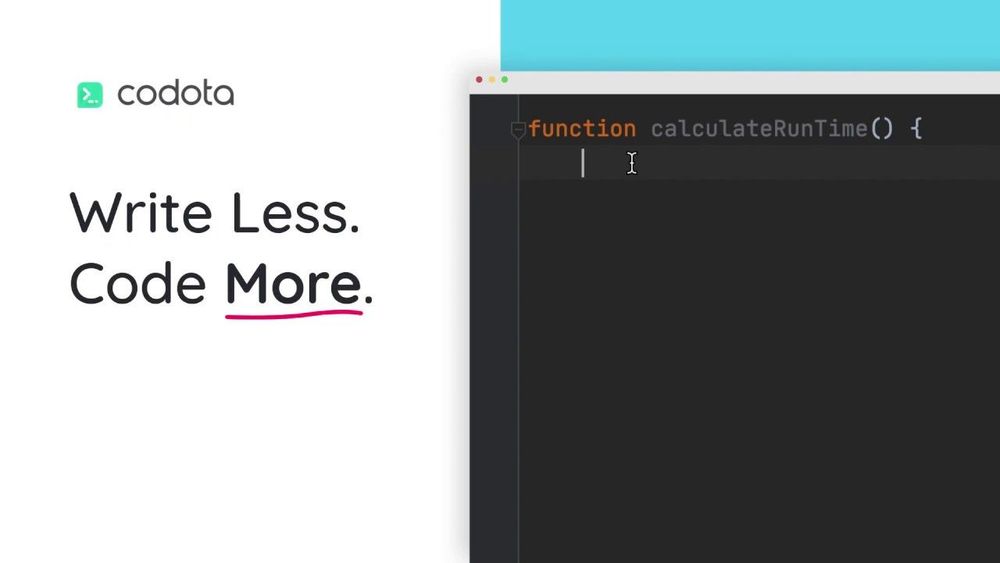May 15, 2020
Numerical solutions for high Reynolds number separated flow past a semi-infinite compression corner
Posted by Quinn Sena in category: information science
The present paper addresses the high Reynolds number, two-dimensional, steady laminar flow separation phenomenon near an interior (concave) corner. A very fast Alternating Direction Implicit finite difference approach is used to solve the Interacting Boundary Layer approximation to the Navier Stokes equations in a conformal plane. Solutions are presented for corner angles up to 18° for Reynolds numbers (based on forebody length) up to 108. Convergence properties and accuracy levels are identified in order to provide reliability estimates of the results. Limitations to the numerical algorithm for large separation regions at high Reynolds numbers are identified.

















